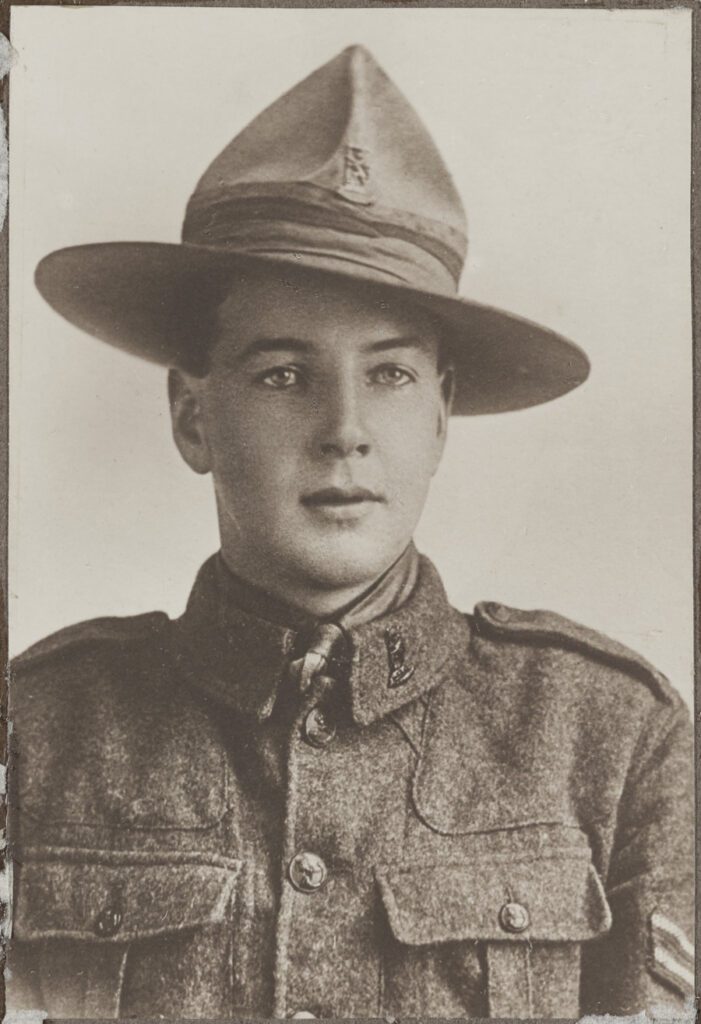A long journey to visit Uncle Walter
A journey of 1,000 miles begins with a single step. For Kirsty Garner, the journey to stand before her uncle Walter McIntyre’s grave took her over 11,000 miles from her home in Lawrence, Central Otago, to Fontaine-au-Bois Cemetery, not far from Le Quesnoy.
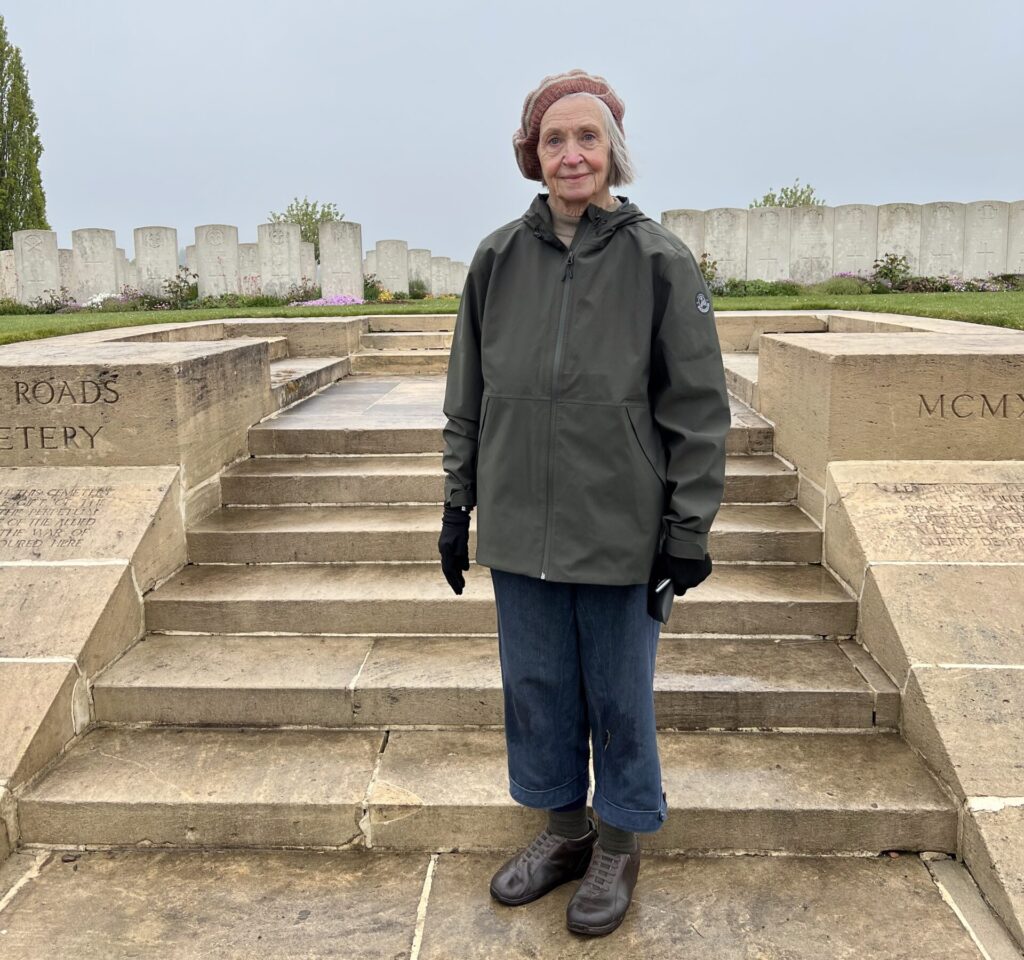
The proverbial first step was Kirsty’s discovery of a collection of Walter’s wartime letters. These letters, which for Kirsty were “so hard-hitting”, written with “such elegance of style, and with such strength and truthfulness of speech”, set Kirsty on a pilgrimage of remembrance, culminating with a visit to the New Zealand Liberation Museum – Te Arawhata for Anzac Day 2025.
Sergeant Walter McIntyre
Walter McIntyre was born in the small Manawatū town of Rangiwahia in 1896. “Like many New Zealanders of his era”, recounts Kirsty, “he came from the deep, fertile countryside, the eldest of 8 children, all expected to work the barely broken-in land.”
He enlisted in November 1916, just a month after his 20th birthday, noting his occupation as “farmer”. “He was brought up on his parents’ farm, and that was all he knew really. I think he would have regarded the army as a means of escape”, says Kirsty.
The veneer of excitement and adventure expected by many Kiwi soldiers was quickly shattered for Walter. In one letter, written to his younger brother, Bill, Walter wrote: “Before we go any further, you take my advice and don’t come over until you have to. Hell isn’t worse, and I’ve never had such nightmares.”
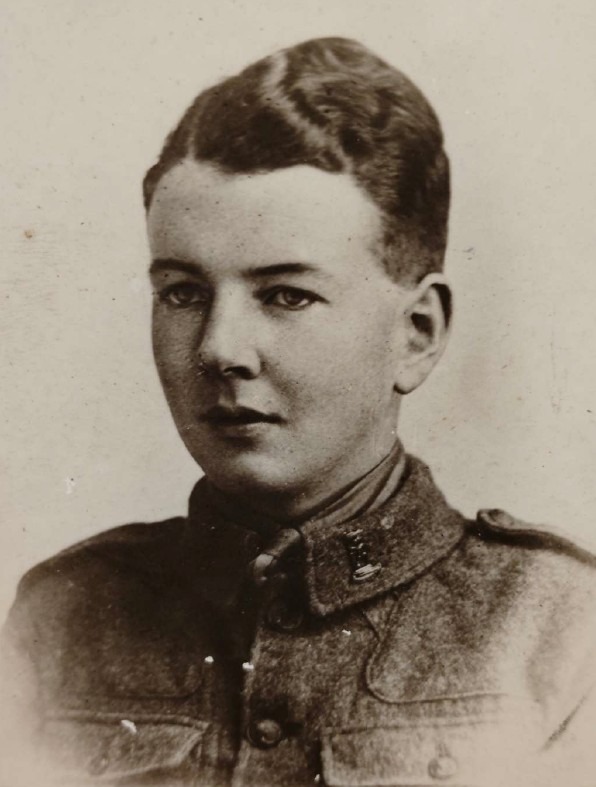
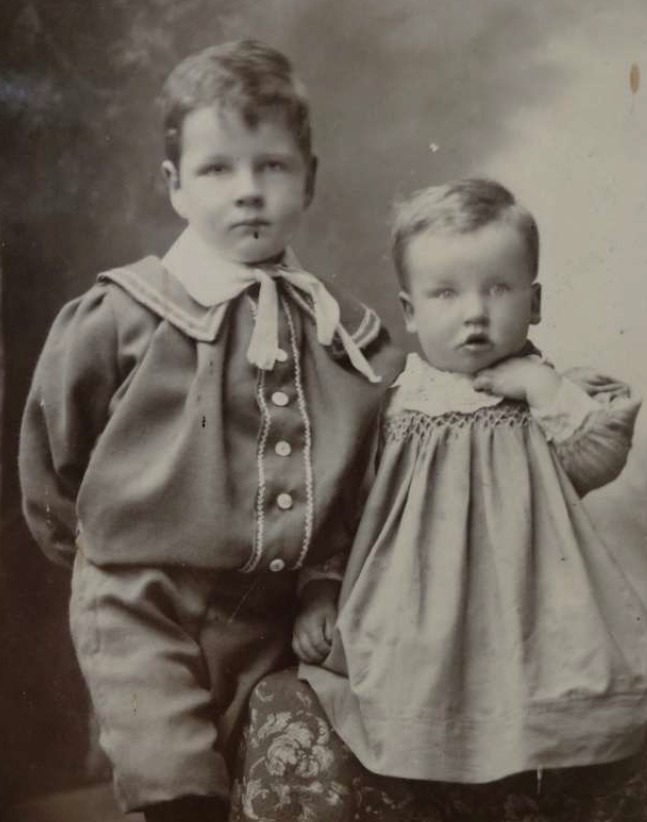
Kirsty explains: “Of course his letters are graphically full of the horrors he experienced, however, he discovered he was a very able soldier.” Walter quickly proved himself to be a strong member of the 1st Battalion of the New Zealand Rifle Brigade. A quote from the New Zealand Gazette read that “this NCO performed splendid work throughout the whole operation… His cheerfulness and great personal bravery were an inspiration to all ranks.”
After arriving in France in September of 1917, Walter earned a Military Medal for gallantry in the field. This led to a promotion to the rank of Sergeant in 1918.
4 November 1918
The New Zealand Rifle Brigade liberated the small French town of Le Quesnoy on 4 November 1918. Determined not to kill any French civilians or destroy the imposing star-fort’s 250-year-old ramparts, the New Zealand troops opt against bombarding the town, and instead siege the old fortress as if it were medieval times.
Under machine gun fire, 13 members of the 4th Battalion of the Rifle Brigade managed to breach the walls by climbing a ladder. The resulting panic and disorder amongst the German garrison defending Le Quesnoy quickly led to the town’s liberation, achieved without the death of a single civilian.
Today, this incredible story and the friendship that has developed since are commemorated and celebrated at the New Zealand Liberation Museum – Te Arawhata, in Le Quesnoy.
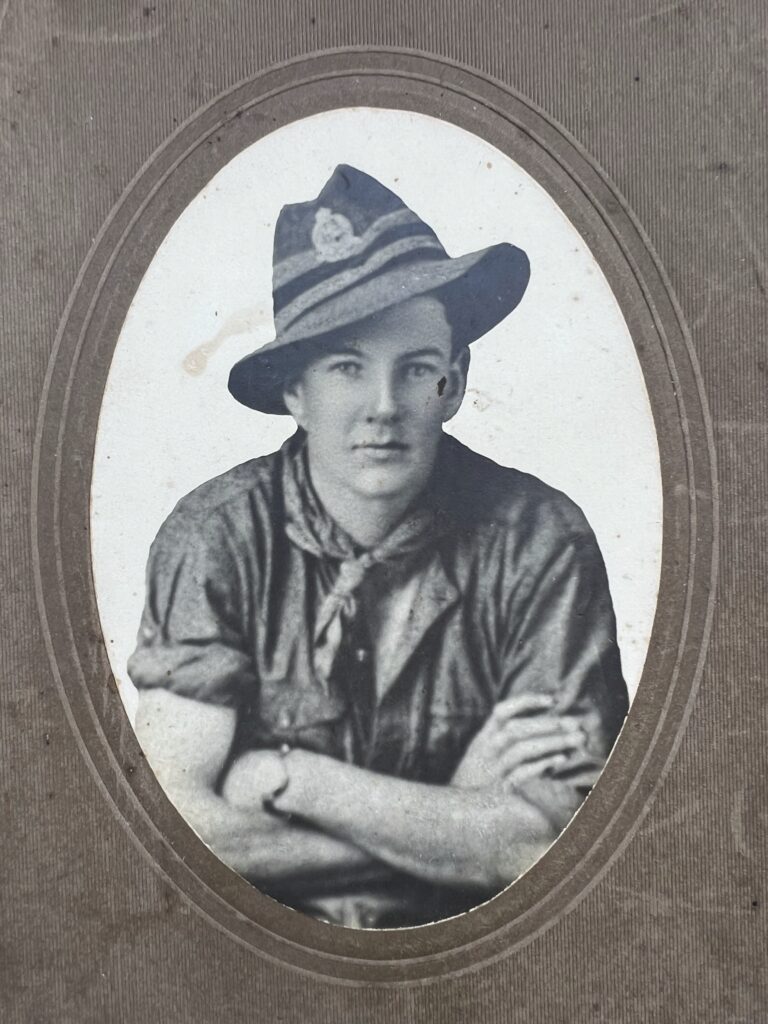
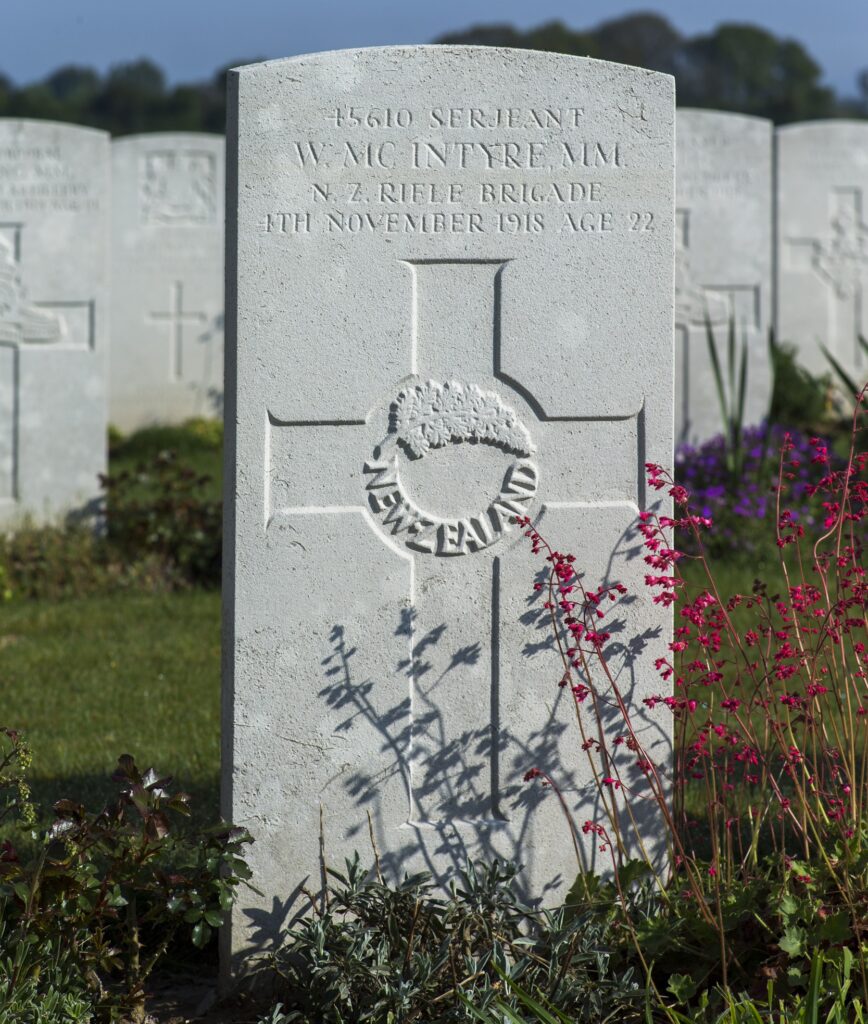
Tragically, almost 200 New Zealand troops lost their lives in the week surrounding the Battle of Le Quesnoy, with many falling on the liberation day itself.
Walter was one of these brave and unlucky soldiers.
Walter was killed in action six days after his 22nd birthday.
He lies forever in Northern France, in a cemetery alongside 741 other Commonwealth soldiers, 86 of which were New Zealander.
Kirsty’s pilgrimage
Kirsty was determined to stand before her uncle Walter’s grave. 2025 finally provided the opportunity, and she made the long journey from Lawrence to France, arriving in Paris before catching the train to Le Quesnoy on 23 April. There, she met members of the team from Te Arawhata who were honoured to take Kirsty to Fontaine-au-Bois Cemetery.
On a cold, misty day, Kirsty completed her journey to visit Walter. “To stand by my Uncle Walter’s grave was one of the most profound experiences of my life. I am feeling scraped out – I was not expecting the deluge of emotions as I approached Uncle’s grave.”
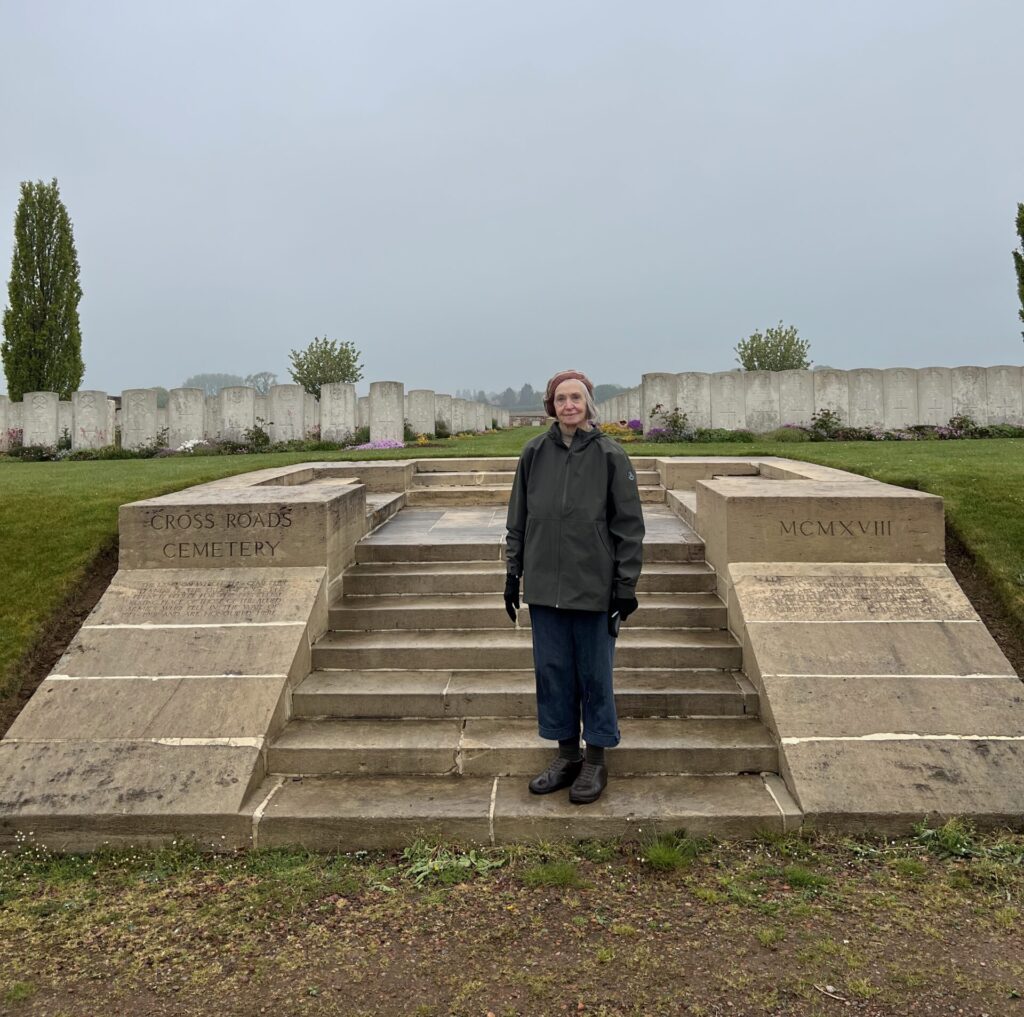
Kirsty’s visit was made even more emotional by her singing of Purea Nei, a waiata composed by Hiriwini Melbourne. Singing in te reo Māori, English and in French, Kirsty paid tribute not only her uncle, but to the men and women of New Zealand and France who sacrificed so much during the First World War.
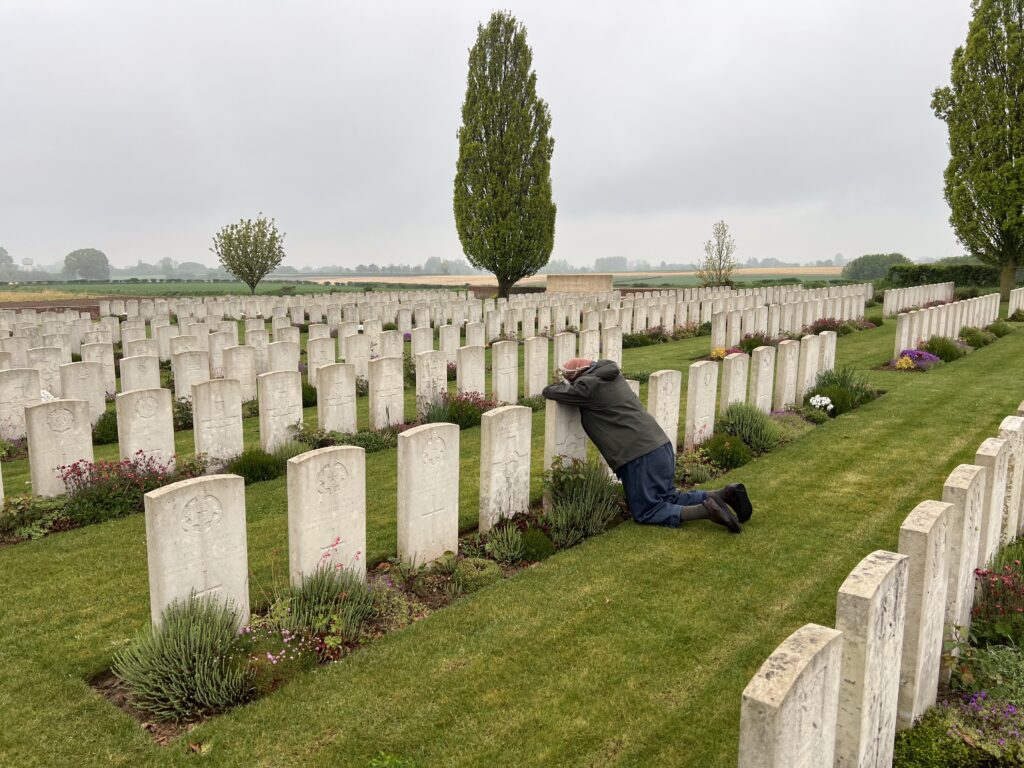
Walter’s letters provided Kirsty with real insight into the tragedy of his death so close to the end of the War. “He was 22. By the time he reached the final post of his life, he had everything to live for, including a special young lady he had met in England. I had no idea what to expect – I have been thinking about it a lot as I have been trudging my way here from way down there in New Zealand but I just tangi’d and tangi’d.”
“I knelt beside his grave and I wept loud, unstoppable tears. I wept for myself, for my mother, her siblings and especially for my Grandmother Louisa. 80 years later, my Aunty Mabs said she could still hear the agonised cry from her mother when she received the telegram.”
Anzac Day in Le Quesnoy
Kirsty stayed in Le Quesnoy to participate in the 2025 Anzac commemorations. Starting on Anzac Day itself, Kirsty attended a Last Post ceremony in front of Te Arawhata alongside around 100 other visitors.
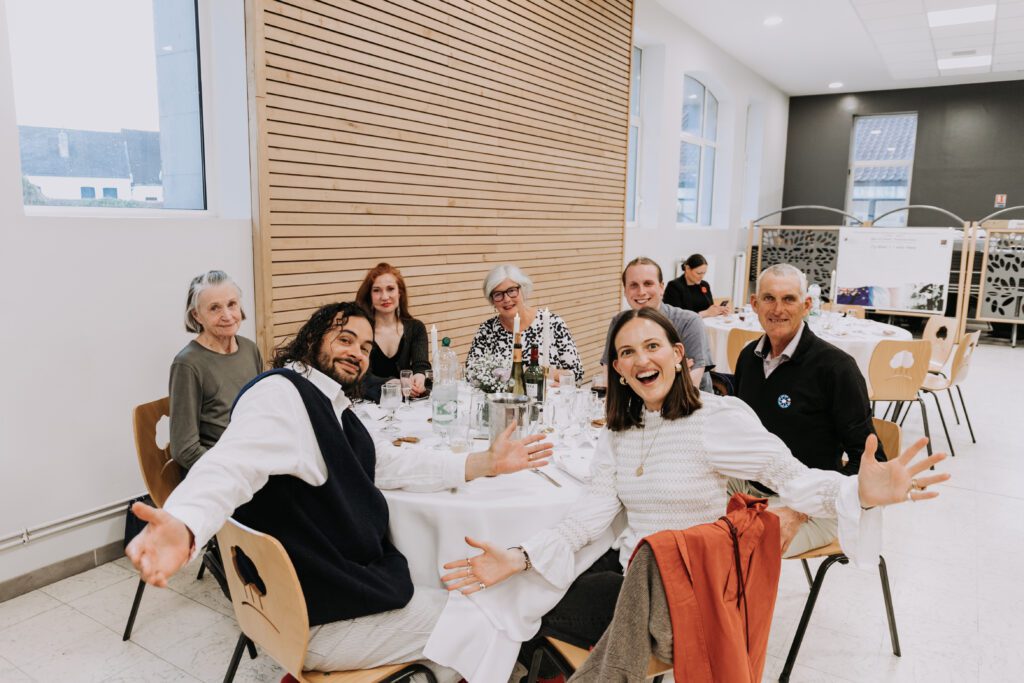
On Saturday 26 April, Kirsty was guided through the Museum before taking a tour of Beaudignies, Romeries and Vertigneul, three neighbouring villages through which her uncle Walter would have passed before the assault on Le Quesnoy. That night, Kirsty joined some 170 other visitors for the annual Anzac Dinner, which this year included a special performance from Ngati Ranana, the London Māori Club.
Finally, on Sunday 27 April, Kirsty participated in Le Quesnoy’s official commemorations, marching through the town and past the New Zealand Memorial before saying farewell to new friends from both sides of the world at the mayoral reception.
Return to Lawrence
This month, Kirsty presented her pilgrimage to senior citizens of the Lawrence community. She expressed her gratitude for having been able to make such a journey and having visited such an “enthralling yet sensitive” museum.

The team at Te Arawhata is honoured to have played a part in Kirsty’s incredible journey from the bottom of the world to pay her respects to Walter McIntyre. Since 2023, we have welcomed thousands of guests from across the globe through the Museum on similar pilgrimages of remembrance. If your family story is connected to Le Quesnoy, we would love to tell that story.
